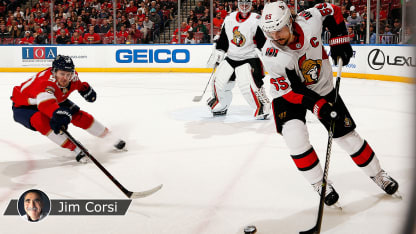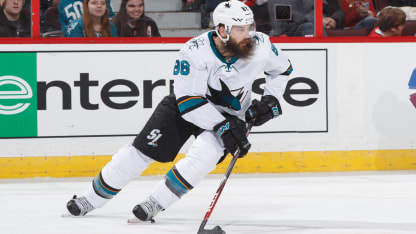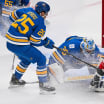In my three previous installments, I wrote about offense and how it is being generated in the NHL today. Sticking with that theme, this week my focus is on how teams are generating offense out of the defensive end, basically turning defense into offense by abandoning the controlled breakout for a faster, puck-pursuit transition game that is sending the attack right down the opposition's throat.
The key is defending with an attack mode. It starts with the defensive-zone face-off, because the biggest part of defending now is getting control of the puck.
Ray Bennett, an assistant with the Colorado Avalanche, mentioned to me recently that the defensive-zone face-off has become critical to long-range offensive planning, because a face-off win in the D zone now allows you to almost instantaneously set up your offense from roughly 180 feet from the net.
Why is that? In the so-called new NHL, a much faster league than the one I grew up around both as a player and a coach, teams are using a swarm defense, which generates a lot of congestion around the puck but free space away from it. What we're seeing now is teams that win the defensive-zone face-off are getting the puck up the ice quickly by putting it into space and skating onto it.
They are getting it out of the D zone, away from their net, out of danger quickly.
There are different strategies involved, but the key is nobody is standing still. There is movement all over the ice to win the face-off.
Two players will drive into the area to win help the center win the face-off. Meanwhile, the weakside wing will drive through the middle and bust out the zone, pushing the defenseman at the blue line back. He's the push-the-pace player.
Once the puck is won, the center curls low and slow, and depending on how deep the defensemen are pinching in, the other wing either comes down low or goes up high as the team wraps the puck around and plays it at the blue line. He's there to chip it beyond the defender, behind him, putting the push-the-pace player into a foot race with speed. And now you're out of the zone.




















